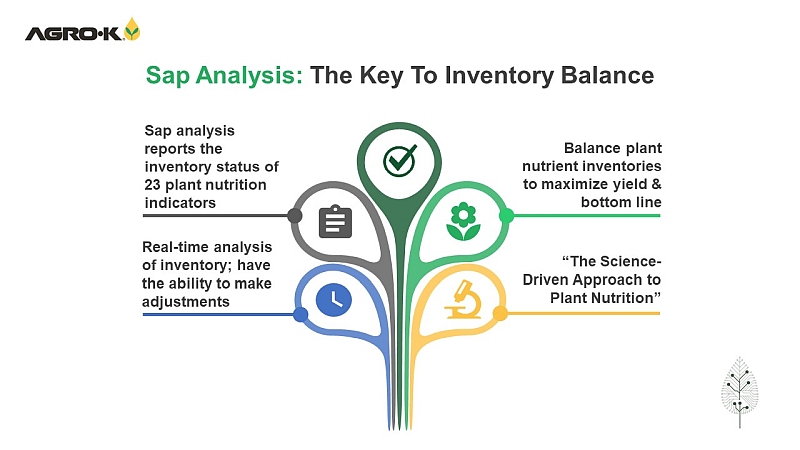EPA Finalizes Nutrient Runoff Rule In Florida
EPA has finalized protective standards that set specific numeric limits on the amount of nutrient pollution allowed in Florida’s lakes, rivers, streams and springs.
These new standards will become effective 15 months from now, allowing cities, towns, businesses, other stakeholders and the state of Florida a full opportunity to review the standards and develop strategies for implementation while Florida continues to recover from the current economic crisis.
EPA engaged in public outreach and consultation with Florida stakeholders by conducting 13 well-attended public hearing sessions in six cities in Florida during a three-month public comment period. EPA received more than 22,000 public comments on the original proposal. EPA worked in close consultation with the Florida Department of Environmental Protection, along with local experts and government officials, to ensure that the best available science formed the basis for the standards and that implementation would be flexible and cost-effective.
During the 15-month period before the numeric standards take effect, EPA will work closely with the state to determine the next steps to achieve the objectives of the standards. The standards do not take a “one-size-fits-all” approach, but reflect conditions in five different watershed regions and allow for case-by-case adjustments based on local environmental factors while maintaining water quality. Governments or other stakeholders can seek special consideration in cases where the state and local communities have extensively assessed water bodies and effective measures are in place to reduce nutrient pollution.
The Florida Wildlife Federation filed a 2008 lawsuit against EPA, resulting in a finding by the previous Administration in January 2009 under the Clean Water Act that nutrient pollution standards are necessary for Florida. The resulting settlement, reflected in a consent decree entered in August 2009, requires EPA to adopt specific or “numeric” nutrient pollution standards by November 2010. The final rule complies with this consent decree. Under the decree, EPA is required to issue additional standards for Florida’s coastal waters by August 2012 and will soon submit the underlying science for these standards to its independent Science Advisory Board for peer review.
For more background on this issue, see the following links:
- FFVA On The Line: Wrangling With Regulation
- Report: New Water Regs Would Devastate Florida Ag
- Water Wars
Source: EPA news release









